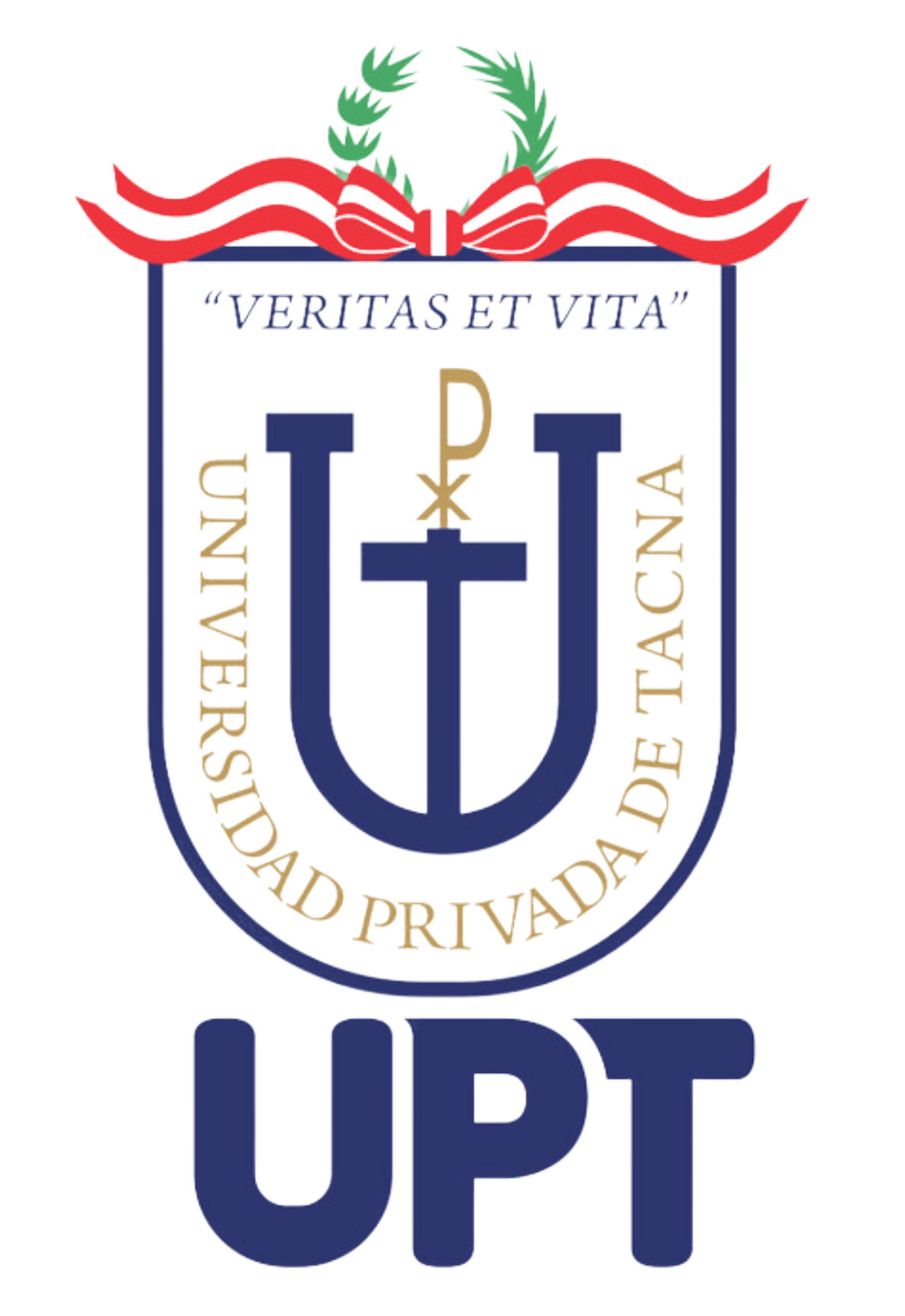Neural networks and muscle bio-potentials: towards a more natural control of myoelectric prosthetics
DOI:
https://doi.org/10.47796/ing.v6i00.1007Keywords:
muscular biopotentials, artificial intelligence, neural networks, EMG signalsAbstract
Technological innovation in the control of myoelectric prostheses is essential for improving the functionality of people with motor disabilities. This study aimed to design and implement a non-invasive system for acquiring electromyographic (EMG) signals to classify basic upper limb movements using neural networks. The experimental methodology included hardware design, subject preparation, and EMG signal capture in three hand states (extended, relaxed, and closed). Disposable electrodes with conductive gel were placed on the forearm muscles, and a SichyRay board was used to amplify and digitize signals at 1 kHz and 10 bits. Signal processing included high-pass filters (5 Hz), low-pass filters (450 Hz), and segmentation into 200 ms windows. Google Colab, TensorFlow, and Scikit-learn were used for data analysis and classification. Three neural network models were evaluated: a feedforward neural network (FNN), a recurrent network with LSTM (RNN), and a convolutional neural network (CNN), each trained for 50 epochs. The CNN proved to be the most accurate model, with an accuracy of 92.69 % and the lowest loss rate (7.31 %), outperforming the feedforward network (91.86 %) and the RNN (90.95 %). These results highlight the superiority of convolutional networks in EMG signal classification.
Downloads
Downloads
Published
How to Cite
Issue
Section
License
Copyright (c) 2024 Gerson Moises Nizama Silva, Tito Leoncio Córdova Miranda

This work is licensed under a Creative Commons Attribution 4.0 International License.








